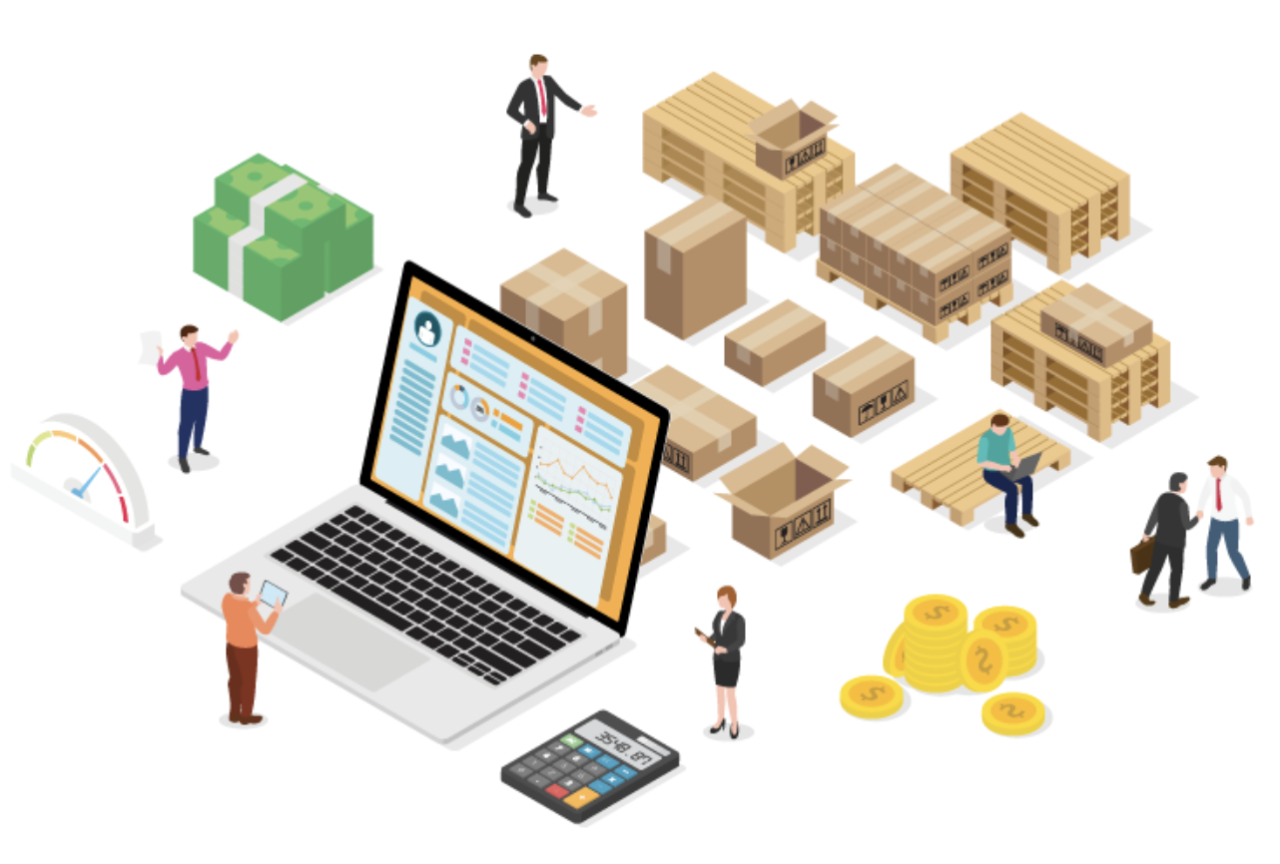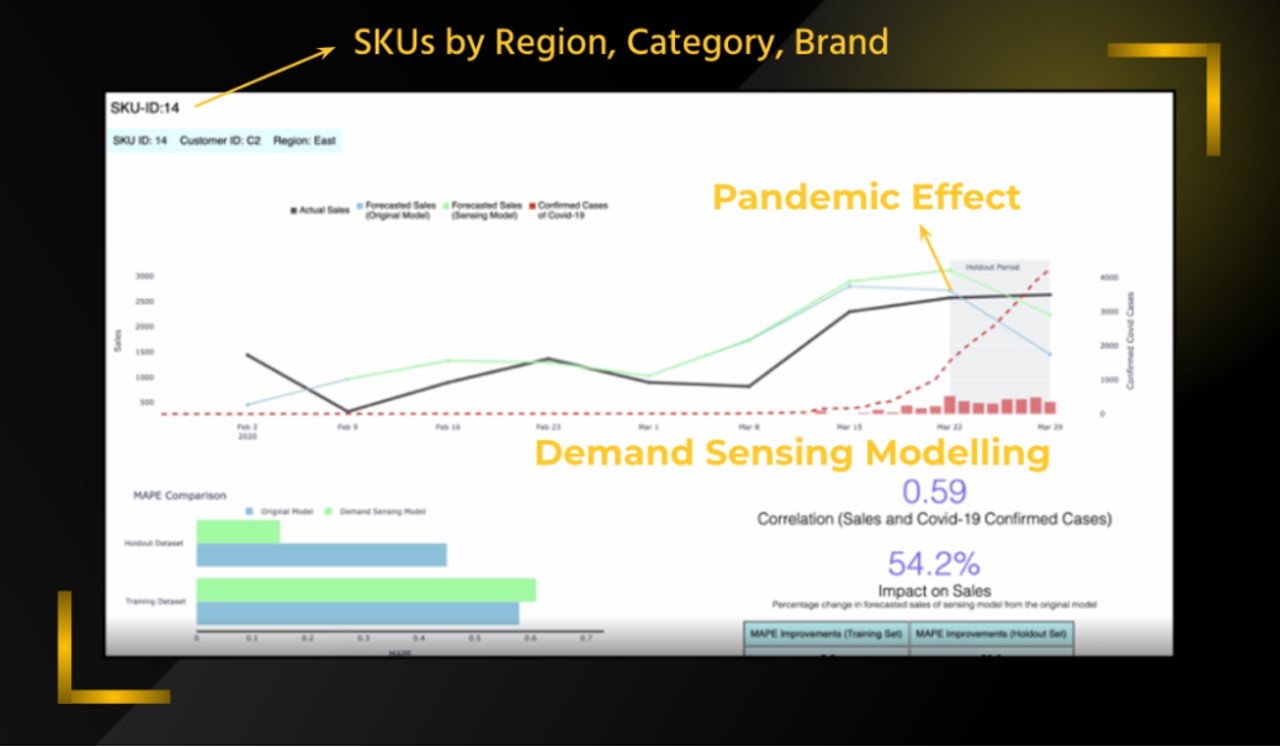Demand Sensing with H2O Wave : Supply Chain Intelligence and Inventory Optimization for Retail, CPG, and FMCG Industries


Demand Sensing can help optimize inventories by analyzing and modeling short-term and real-time signals


The supply chains across the Consumer Packaged Goods (CPG), Fast-Moving Consumer Goods (FMCG) and Retail sectors need to continuously monitor the drivers that may impact their internal models and processes. These include systems around Manufacturing, Warehouse Management, Transportation, Distribution, Logistics, Inventory, Procurement, Demand & Cash Flow. Machine learning models can help in forecasting the demand based on historical data, however, the real-time signals and short-term effects are often ignored. The covid-19 pandemic that started in 2019 has shown a significant impact on global supply chains and is a clear example of a real-world driver causing a major disruption.
Demand forecasting models can be improved by adding the information from short-term events and signals to give better forecasts. This is called demand-sensing. Demand Sensing leverages statistical techniques and real-time data signals to enhance the forecasting models. Demand Sensing modeling applies statistical techniques applied to real-time signals to generate accurate forecasts. Demand Sensing is fundamentally different in forecasting as it uses a much broader range of demand signals including current data from the supply chain and various mathematical models to create a more accurate forecast that responds to real-world events such as Market Shifts, Weather Changes, Natural Disasters.
These models directly translate into business decisions such as efficient inventory management, reduced operating costs, and achieving key objectives.
At H2O.ai, we work closely with a number of supply-chain use cases for customers across the Retail, FMCG, and CPG industry. The top use case is always demand sensing and to help these customers, we have developed an in-house solution that uses machine learning to correctly forecast the demand by picking the right features.


On top of the solution, we have developed an AI application that allows stakeholders to assess their existing models and generate demand sensing results. This application is developed using H2O Wave – an open-source Python development framework that makes it fast and easy for data scientists, machine learning engineers, and software developers to develop real-time interactive AI applications. The workflow of the process is depicted below:
Demand Sensing Application Process and Workflow


In the app, users can:
- Connect with a data source, apply filters to choose Stock-Keeping Units (SKUs), regions, products to narrow the data for the right section.
- Select the model parameters and run the demand sensing model on your dataset.
- After the model training is complete, it will generate a dashboard of insights at the global level (all SKUs, all products, etc.),


- The global insights dashboard shows if an SKU will have a positive or negative impact in the coming days/weeks.
- The dashboard also shows the impact/analysis by SKUs:


The demand sensing feature importance can be generated to understand what is causing the most impact on the short-term predictions.


Short-term predictions may be suitable for a few weeks. But the world changes daily. To adapt to these conditions, you need to update your forecasts daily, hourly, or even in real-time. Enter demand sensing. In effect, you superimpose what happened last week onto your short-term models and alter the predictions based on the new data. This tool is crucial for stakeholders dealing with supply chain management or inventory optimization use cases and who need to do this daily for thousands of products in hundreds of locations.
How to Get Started
First of all, check out this demo video to see the demand sensing app in action:
The app is available on H2O AI Cloud . See a demo today!





